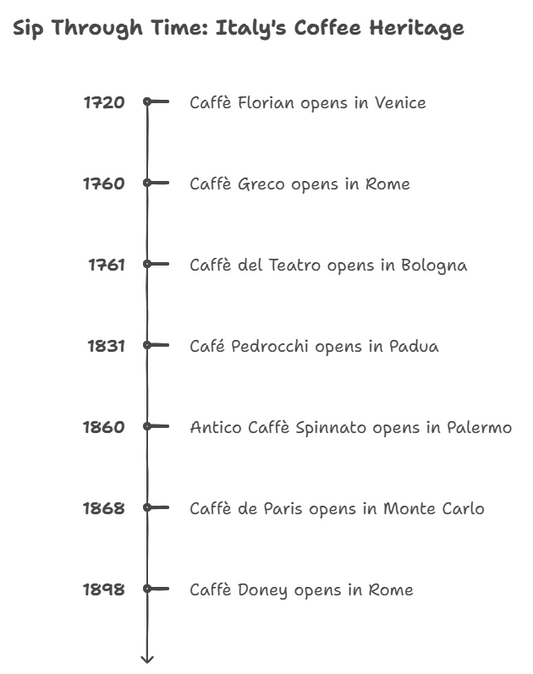
The flag of Italy is a symbol of national identity, unity, and pride for the Italian people. It features three colors with their own distinct meaning and significance: green (love for landscape), white (majesty), and red (past sacrifices). The flag has a rich history that spans centuries, and it has been used in various forms in different parts of the country.
The flag of Italy is also one of the most recognizable symbols of the country and has a deep meaning behind it.
In this article, we will delve into the meaning and significance of the Italian flag, its history, and its protocol.
Why green was chosen for Italy's Flag?
The green color on the flag represents the lush landscapes and rolling hills of Italy. The country is known for its stunning natural beauty, from the picturesque countryside to the majestic Alps. The green color symbolizes the greenery of the country and its natural beauty, reflecting the appreciation and love for the land and its inhabitants.
Why white was chosen for Italy's Flag?
The white color on the flag represents the snow-capped peaks of the Alps, the highest mountain range in Europe. The Alps are not only an important natural feature of the country, but they are also an important symbol of the nation's identity. The white color on the flag represents the country's grandeur and majesty, reflecting the sense of pride and awe that the Alps inspire.
Why red was chosen for Italy's Flag?
The red color on the flag represents the blood of the country's heroic past. Italy has a long and storied history of brave soldiers and leaders who fought to defend their country and its people. The red color symbolizes the sacrifices made by these individuals and the nation's perseverance in the face of adversity.
History of the Italian flag
The colors of the flag were first used together in different forms during the 18th century. However, it wasn't until the Risorgimento, a movement for Italian unification in the 19th century, that the colors were officially adopted as the national flag.
The Risorgimento was a period of great change in Italy, as it transitioned from a collection of small, independent states to a unified nation. The green, white, and red colors of the flag were seen as a symbol of this unity and they were used as a rallying point for those who were fighting for a united Italy. The flag became a powerful symbol of the country's identity and an emblem of the nation's longing for unity and freedom.
Italy entered WW2 in 1940 when it declared war on the United States of America. But why did Italy choose to join forces with Nazi Germany and What were their motivations for entering the War? We will explore the political factors behind Italy's decision and unfold the complex story behind their declaration of war on the USA.
Significance of the flag of Italy
The flag of Italy also has a significant meaning in the country's contributions to art and culture. The colors have been used by many of the country's most famous artists and designers, such as the painters of the Renaissance and the fashion designers of the 20th century.
The colors have been used to express Italy's rich cultural heritage, from the ancient Roman civilization to the modern era. The flag has become synonymous with the country's art, fashion, and design, and it is a powerful symbol of the nation's cultural achievements and contributions to the world.
When people think about Italian culture, their thoughts often turn to the idea of a unified whole. But what many don't realize is that Italy is actually made up of two very distinct cultures: Northern and Southern Italy. So what are the differences between these two culturally rich regions?
Italian flag: Protocols and guidelines
The Italian flag has specific protocols and guidelines in terms of usage. The flag is raised and lowered every day at government buildings, and it is also flown on national holidays, such as the anniversary of the country's founding, and on other important events.
When displayed on a building or at an event, the Italian flag must be flown on the right side of the building, with the flag of the European Union on the left. During the war period or state funerals, the flag is flown at half-mast. The law also regulates the use of the flag in terms of size, composition, and usage so as not to distort or degrade the flag from its original representation. These protocols were established to ensure that the flag is respected and used in a dignified manner.
Conclusion
The flag of Italy is a powerful symbol of the country's unity, culture, and history. It represents the natural beauty of the country's landscapes, the contributions of its people to art and culture, and the sacrifices made by those who fought for a united Italy. The flag is an important national symbol that is used in many different ways to celebrate the country's past and present, and it serves as a reminder of the values that make Italy such a special place.




